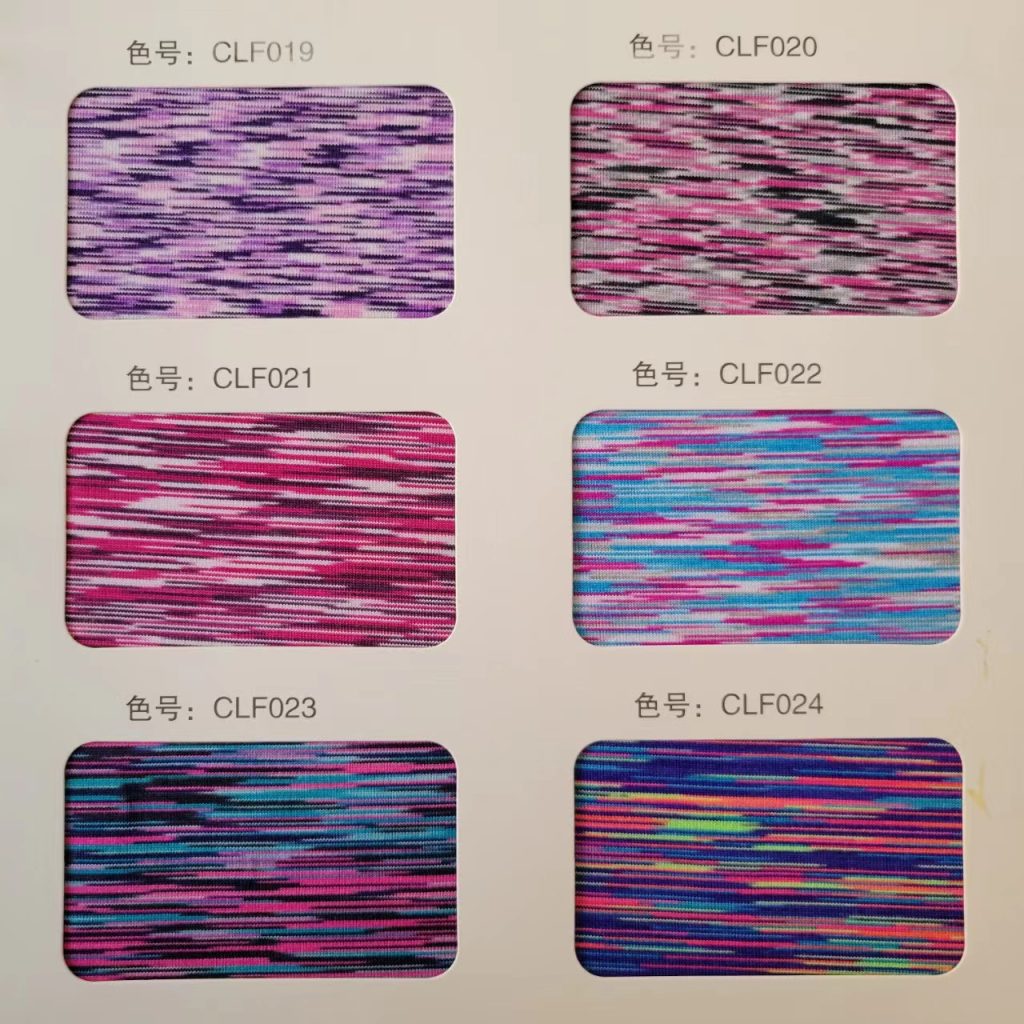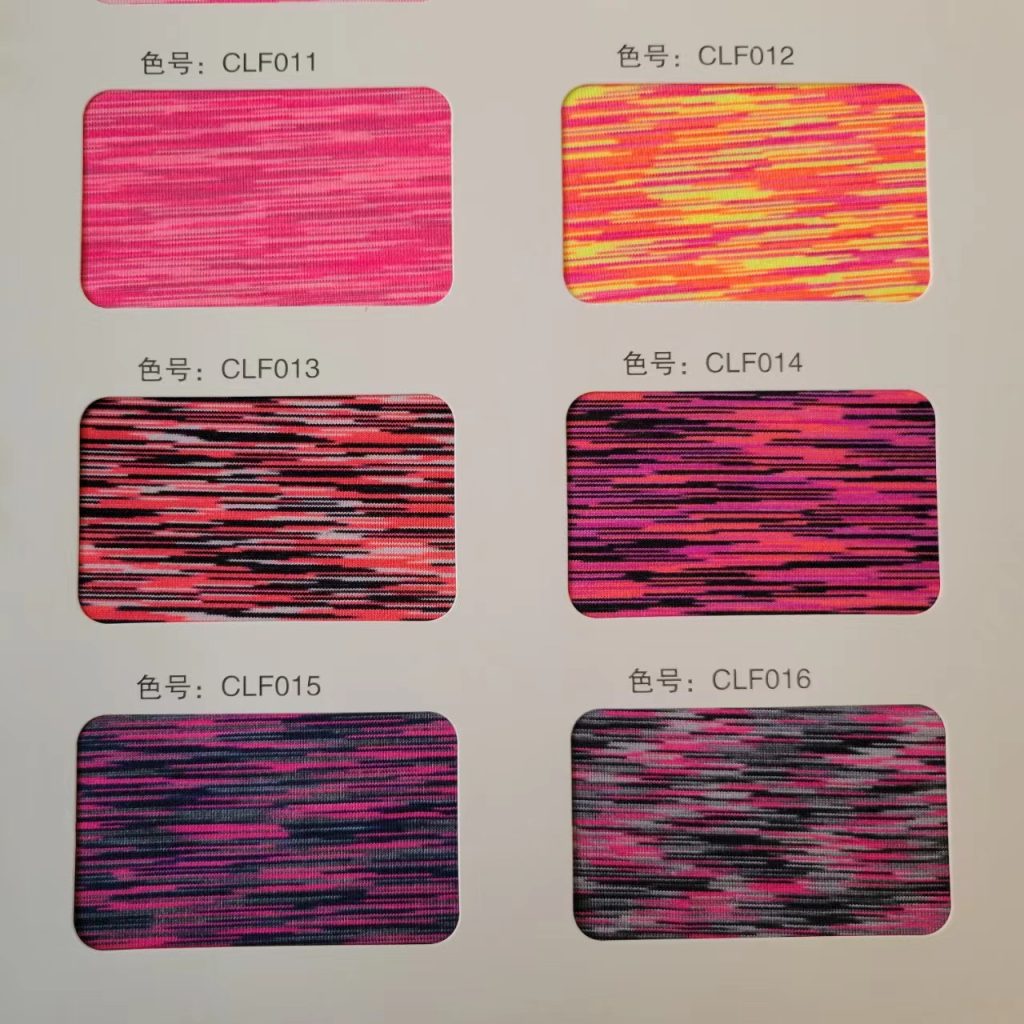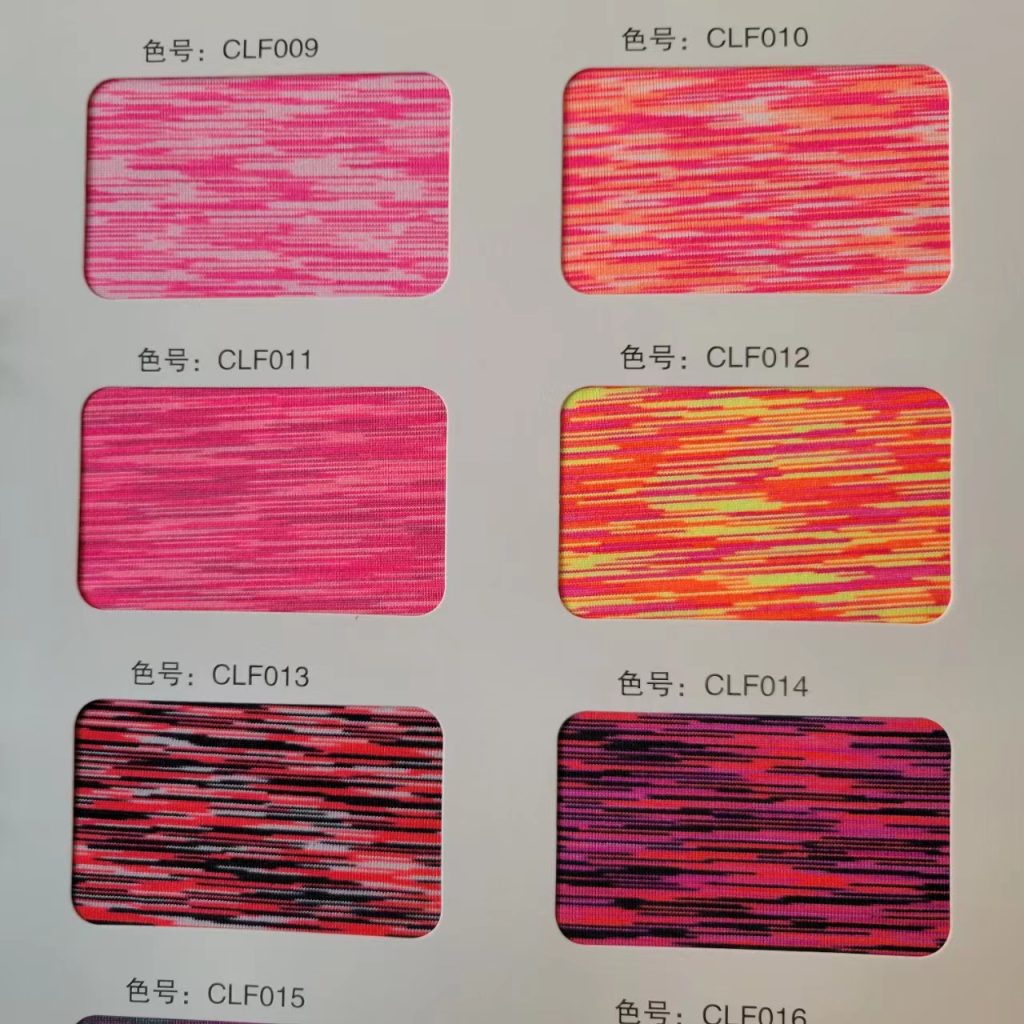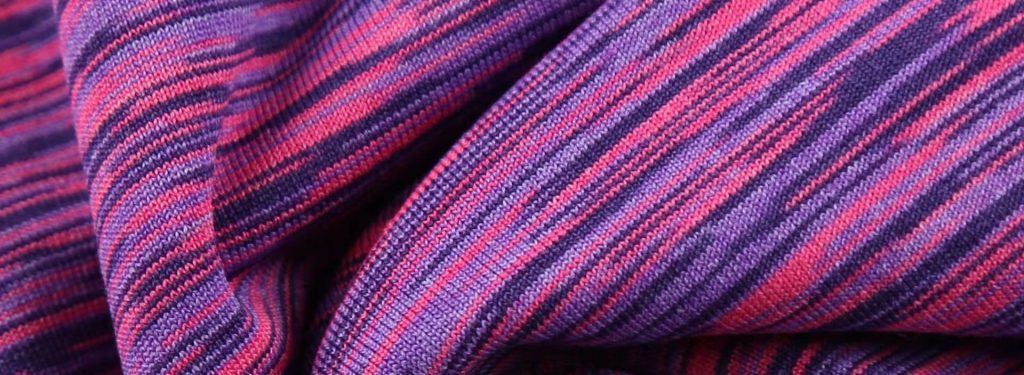Sportswear is often made from knitted fabrics for several reasons. Firstly, knitted fabrics are more stretchable compared to woven fabrics. This is important for sportswear as it allows for a greater range of movement and flexibility during physical activities. Knitted fabrics also have better breathability and moisture-wicking properties, which help to keep the body cool and dry during intense workouts.
Moreover, knitted fabrics are generally lighter in weight compared to woven fabrics. This is advantageous for sportswear as it reduces the overall bulkiness and allows for easier movement. Additionally, knitted fabrics are less likely to wrinkle, making them more convenient for athletes who are constantly on the go.
Furthermore, knitted fabrics have a softer and more comfortable feel against the skin. This is crucial for sportswear as it enhances the wearer’s comfort during rigorous activities. The smooth and seamless construction of knitted fabrics also reduces the risk of chafing and irritation, which is common in sportswear made from woven fabrics.
Despite these advantages, it is not to say that woven fabrics are completely unsuitable for sportswear. Woven fabrics can offer certain benefits such as greater durability and resistance to tearing. They also tend to have a more structured and polished appearance, which may be preferred in certain athletic settings.
In conclusion, sportswear often chooses knitted fabrics due to their stretchability, breathability, lightweight, and comfort. These properties are essential for athletes to perform at their best and stay comfortable during physical activities. However, woven fabrics do have their own advantages and may be suitable for specific sportswear applications. Ultimately, the choice between knitted and woven fabrics depends on the specific requirements and preferences of the sportswear designers and athletes.






